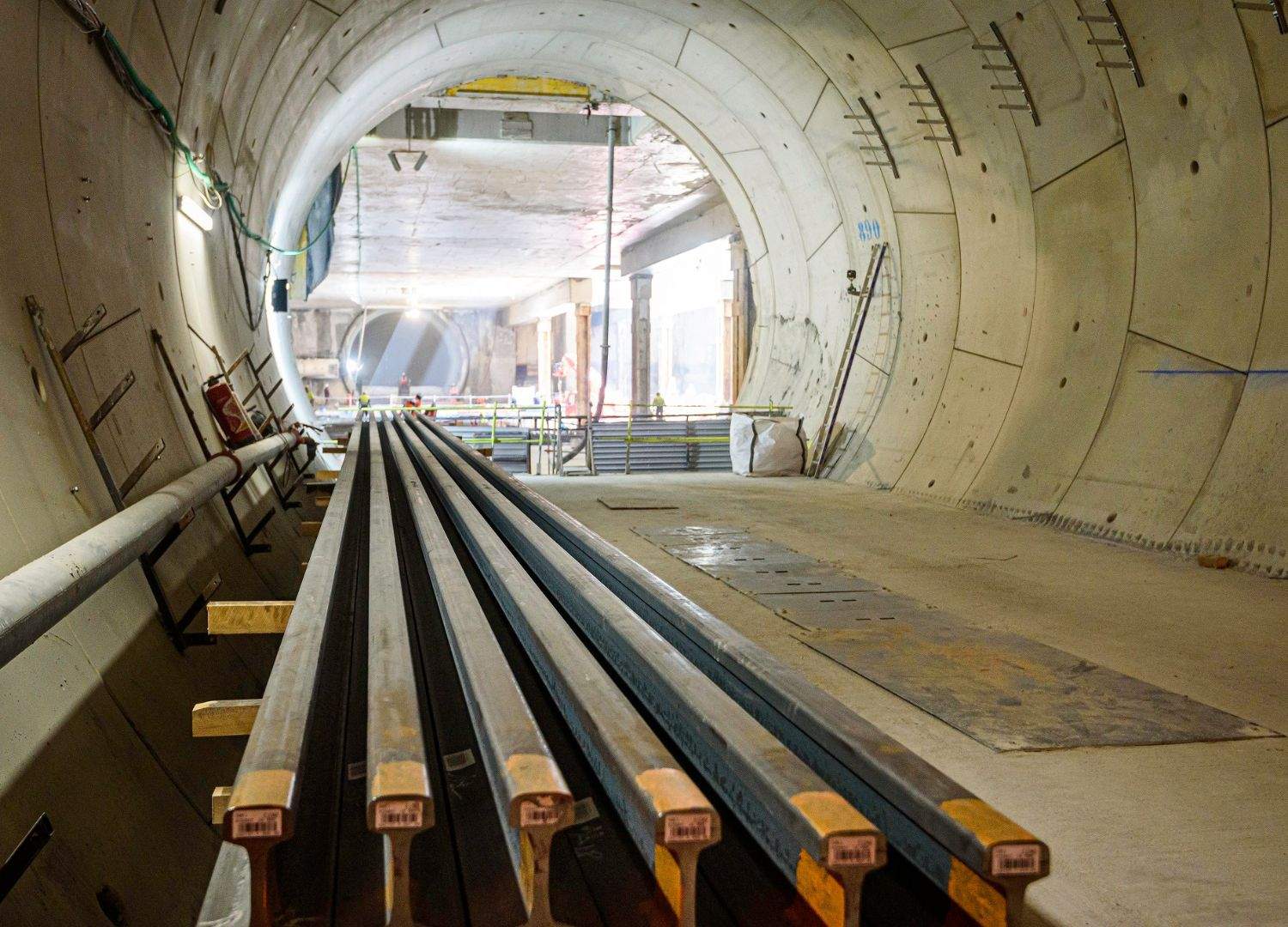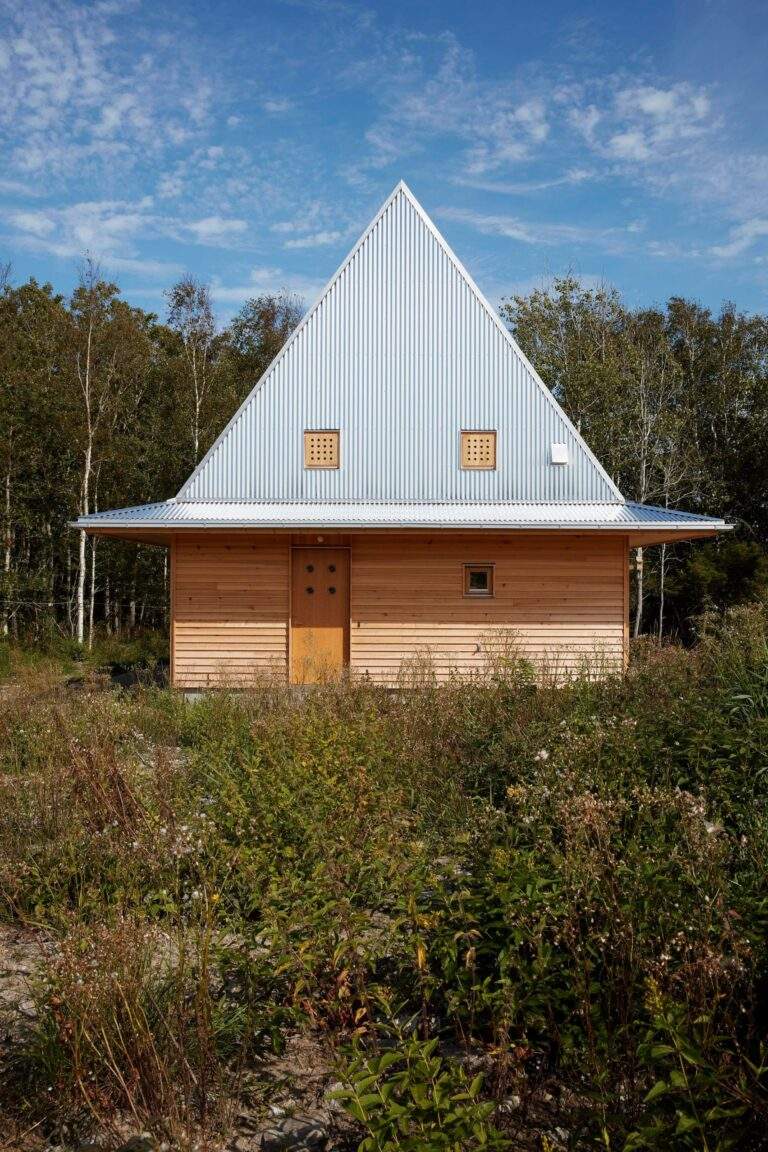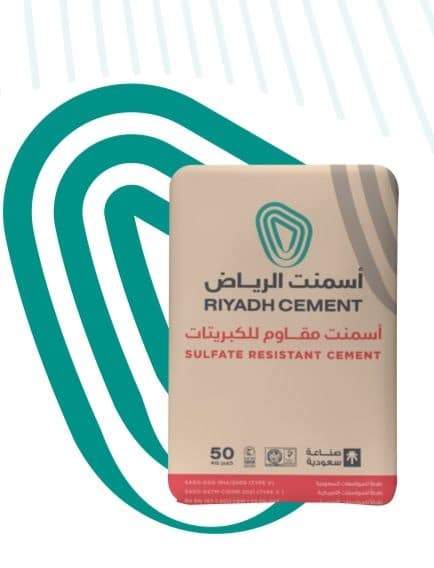Lea Ceramiche: Ceramic surfaces are everywhere
We have asked Lea Ceramiche to provide us with information about the homes, structures, and buildings where ceramic is frequently used as a surface reference. One of the brands that serves as a primary supplier for both public and private projects is Lea Ceramiche, a division of the Panariagroup. Lea Ceramiche will cover 110.000 square meters of the new Grand Paris Express, the transportation network that will extend the Paris metro by 200 kilometers by 2030.
Precisely half of the total area of Europe’s largest infrastructure construction project.
Resistance, safety and durability
Let’s take a brief detour to see why ceramics is so popular in public areas. Resistance, durability, hygienic, and safety difficulties arise anywhere there is a large volume of human traffic—let’s say a few million people per day—such as in any metro line in a major international metropolis. Because of its inherent qualities—a non-porous, easily sanitizable, and resistant surface that enhances the aesthetics of any space—ceramic is the perfect option in this situation.
Moreover, Lea Ceramiche has consistently been a leading brand in formal and functional research, producing contemporary sustainable goods for upscale interior and architectural design projects.
Certifications attesting a smart choice
An industrial material with exceptionally high resistance and technical performance is required for the Grand Paris Express, as it is for any densely populated and technologically advanced public project. Additionally, obtaining the ATEx (Appréciation Technique d’Expérimentation) accreditation for the proposed material system—which consists of a combination of screed, glue, ceramic slab, cement joint, and expansion joints—is a prerequisite for selecting supplier partnerships.
It is a technical assessment process for novel goods or solutions, attesting to the materials’ conformance to standards with an authentication document that is only provided by the Technical Scientific Construction Center (CSTB). Therefore, Lea Ceramiche entered the tender for the particular order along with a group of other businesses that will supply, including Mapei, CS Group, and Pedrazzini.
Lea Ceramiche it’s not new to metro stations
Another example of the use of ceramic surfaces in public space architecture is the Arts-Loi Station of Metro Bruxelles. The architectural styles of the metro stations in Brussels vary depending on the period in which they were built. The revamp plan called for using Lea Ceramiche’s new generation Slimtech ceramic slabs as a large-scale wall covering for the Arts-Loi station, which is situated right in the middle of the city beneath the crossroads of Rue de la Loi and Avenue des Arts.
It is available in two distinct hues at the Arts-Loi station: Cool Rain and White Cloud, which lends the walls and other areas a modern, clean feel. The huge, thin-walled, light-weight Slimtech slabs are a sustainable option since they use less water and raw materials during production, resulting in decreased CO2 emissions that are fully compensated for over the course of their entire lifecycle as of September 2022.
From huge cities to a small island
Flexibility is among ceramic surfaces’ most remarkable qualities. Ceramic slabs are useful in a wide range of settings, including train stations, ordinary people’s homes, and, of course, upscale hospitality buildings like the Idyllic Concept Resort, a project situated on a tiny tropical island in Thailand.
As with many constructions constructed in these latitudes, the architectural complex originated from the ideal balance between internal and outdoor regions. The interiors’ conversation with the stunning and evocative surrounding terrain strengthens Thai people’s deep connection to the natural world.
A communicating ceramic surface
Natural features serve as inspiration for the floor covering selection at Idyllic Concept. Thanon Studio chose Waterfall by Lea Ceramiche for the lobby. This porcelain stoneware line gives a realistic, tactile interpretation of an old and rugged stone like slate.
Waterfall captures textures, imperfections, and color fluctuations as exact representations of time passing by imitating the iridescent effects typical of sedimentary rock stones on the stoneware surface.
A dialogue with space and people
The foundation hues’ gray tones reflect the oxidation process that occurs naturally in stone, a material that is constantly changing in order to respond to the progression of natural occurrences. The Lea Ceramiche research laboratory has achieved a high aesthetic definition with the addition of various stone types, such as Brazilian quartzites, a graphic balance that gives the material unique reflecting qualities.
In this instance, the ceramic surface makes more sense from an aesthetic and maintenance standpoint as well as an economical one, for an interior area that communicates the abundance and welcome of nature and invites people to immerse themselves in the ambiance.
Finally, find out more on ArchUp:











